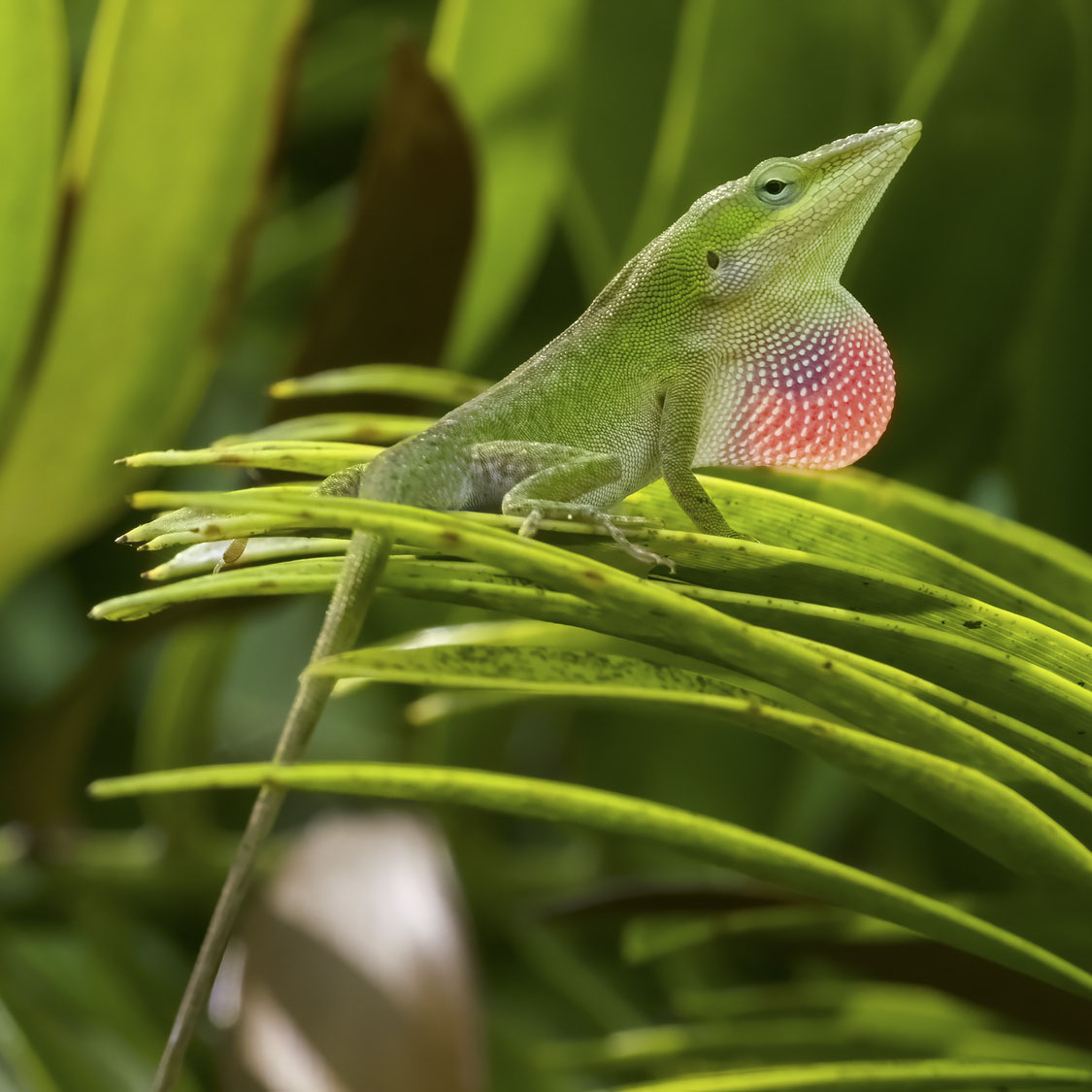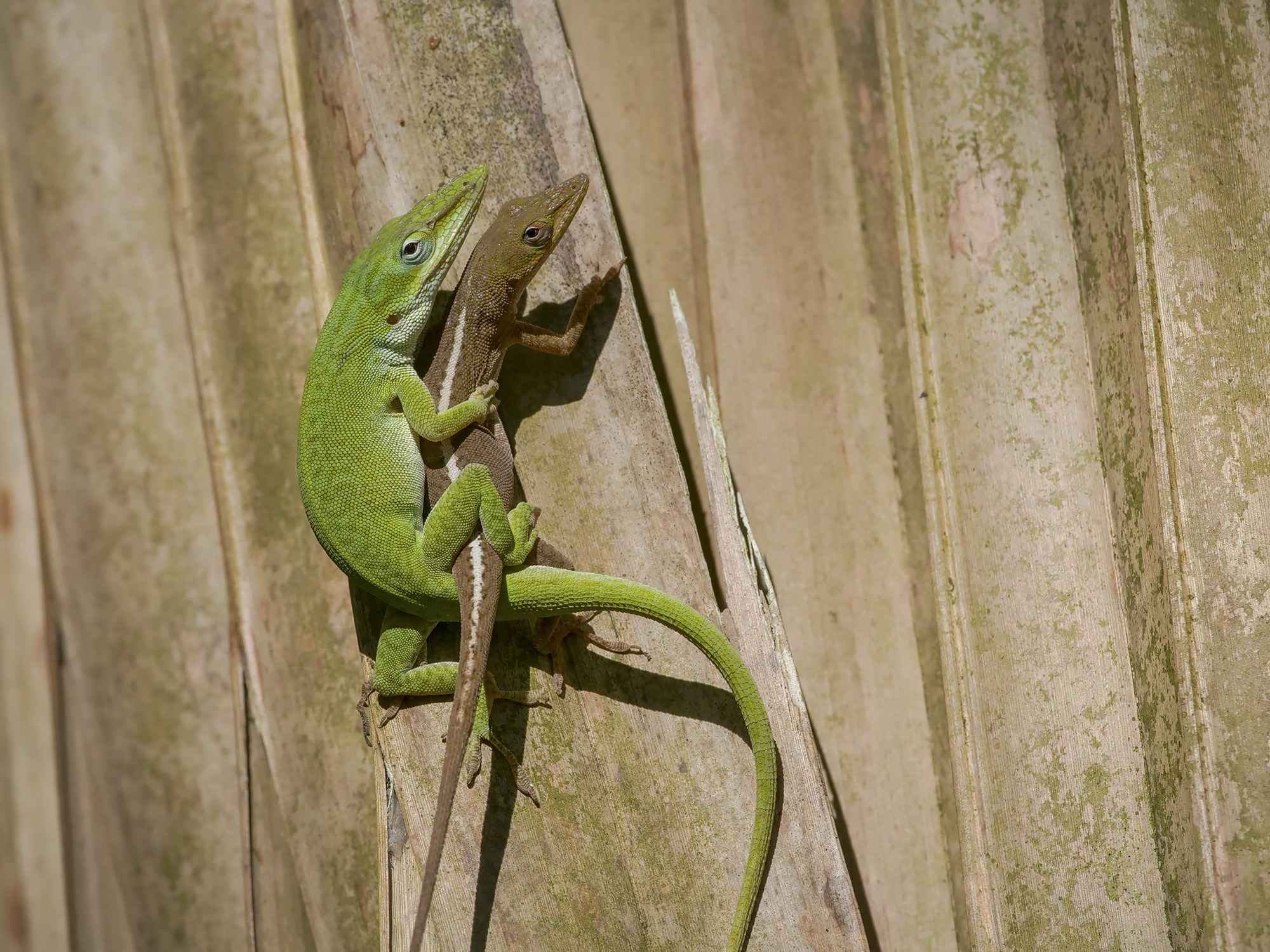Charles Darwin said that evolution was constantly happening, causing animals to adapt for survival. But many of his contemporaries disagreed. If evolution is always causing things to change, they asked, then how is it that two fossils from the same species, found in the same location, can look identical despite being 50 million years apart in age?
Everything changed in the past 40 years, when an explosion of evolutionary studies proved that evolution can and does occur rapidly — even from one generation to the next. Evolutionary biologists were thrilled, but the findings reinforced the same paradox: If evolution can happen so fast, then why do most species on Earth continue to appear the same for many millions of years?
This is known as the paradox of stasis, and James Stroud, assistant professor in the School of Biological Sciences at the Georgia Institute of Technology, set out to investigate it. He conducted a long-term study in a community of lizards, measuring how evolution unfolds in the wild across multiple species. In doing so, he may have found the answer to one of evolution’s greatest challenges.
His research was published as the cover story in the Proceedings of the National Academy of Sciences.




